Tile work quality
hemina
6 years ago
Featured Answer
Sort by:Oldest
Comments (6)
Peter Roehrich
6 years agoRelated Professionals
Agoura Hills Kitchen & Bathroom Designers · El Sobrante Kitchen & Bathroom Designers · Lafayette Kitchen & Bathroom Designers · Oneida Kitchen & Bathroom Designers · Covington Kitchen & Bathroom Designers · Athens Kitchen & Bathroom Remodelers · Charlottesville Kitchen & Bathroom Remodelers · Red Bank Kitchen & Bathroom Remodelers · Superior Kitchen & Bathroom Remodelers · Des Plaines Glass & Shower Door Dealers · Fremont Glass & Shower Door Dealers · Pittsburg Glass & Shower Door Dealers · Sunrise Manor Cabinets & Cabinetry · Watauga Cabinets & Cabinetry · Whitney Cabinets & Cabinetryhcbm
6 years agoUser
6 years agohemina
6 years agoMongoCT
6 years agolast modified: 6 years ago
Related Stories
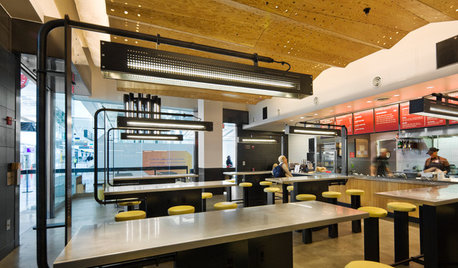
HOME TECHWhat Chipotle and Radiohead Can Teach Us About Sound Quality at Home
Contemporary designs filled with glass and concrete can be hostile environments for great sound quality. Here's how to fix that
Full Story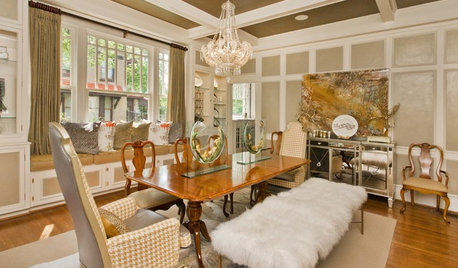
WORKING WITH AN INTERIOR DESIGNER5 Qualities of a Happy Designer-Client Relationship
Cultivate trust, flexibility and more during a design project, and it could be the beginning of a beautiful alliance
Full Story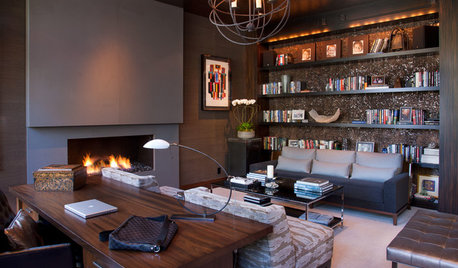
DECORATING GUIDES8 Qualities of Great Interior Design
We identify some elusive attributes of excellent interiors to get you past "I know it when I see it"
Full Story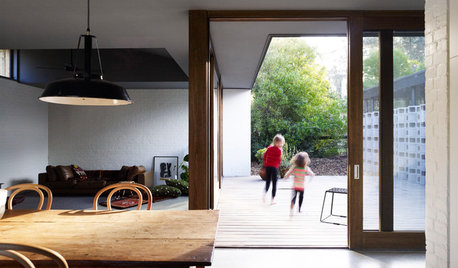
HOMES AROUND THE WORLDHouzz Tour: Quality Family Time in a Beach Vacation Home
Designed as a place to escape for the weekend, this architect’s home is nestled gracefully into its bushy surroundings by the beach
Full Story
REMODELING GUIDESWhy Marble Might Be Wrong for Your Bathroom
You love its beauty and instant high-quality appeal, but bathroom marble has its drawbacks. Here's what to know before you buy
Full Story
MOVINGHome-Buying Checklist: 20 Things to Consider Beyond the Inspection
Quality of life is just as important as construction quality. Learn what to look for at open houses to ensure comfort in your new home
Full Story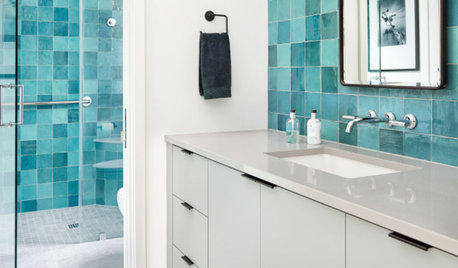
TILEPorcelain vs. Ceramic Tile: A Five-Scenario Showdown
Explore where and why one of these popular tile choices makes more sense than the other
Full Story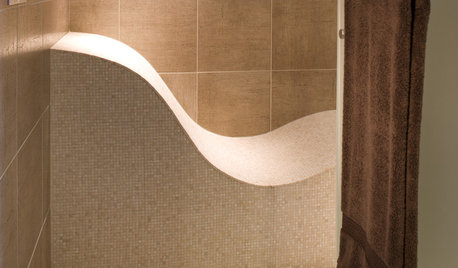
REMODELING GUIDESTop 10 Tips for Choosing Shower Tile
Slip resistance, curves and even the mineral content of your water all affect which tile is best for your shower
Full Story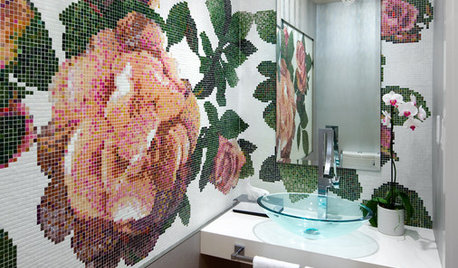
DREAM SPACESDream Tile, Sensational Style
From intricate mosaics to large-scale porcelain, splurgeworthy tiles create a luxurious air in the bath and beyond
Full Story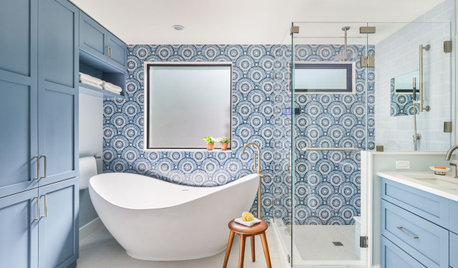
BATHROOM DESIGN9 Tips for Mixing and Matching Tile Styles
Get acquainted with the basics of combining shapes, colors and finishes for a symphony of tiles
Full Story







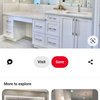


drsaj